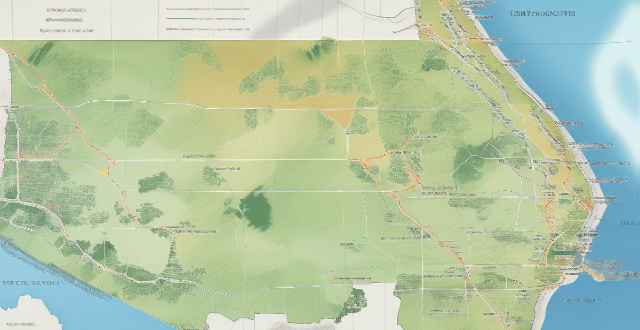Climate vulnerability is influenced by various factors that can exacerbate the impacts of climate change and limit the ability of systems to adapt, including exposure to extreme weather events and sea level rise, ecosystem sensitivity, economic resources, infrastructure resilience, population density, dependency on climate-sensitive sectors, policy frameworks, access to information and technology, traditional knowledge, awareness and education, biodiversity loss, and land use changes. Addressing these factors through comprehensive strategies is essential for building resilience against the challenges posed by a changing climate.

Factors Contributing to Climate Vulnerability
Climate vulnerability refers to the susceptibility of a system, community, or species to adverse effects from climate change. It is influenced by various factors that can exacerbate the impacts of climate change and limit the ability of systems to adapt. Below are some key factors that contribute to climate vulnerability:
Exposure
- Extreme weather events: Frequent occurrences of hurricanes, floods, droughts, and heatwaves increase the exposure of communities and ecosystems to climate risks.
- Sea level rise: Coastal areas are vulnerable to inundation and erosion as sea levels continue to rise due to global warming.
Sensitivity
- Ecosystem sensitivity: Some ecosystems, such as coral reefs or Arctic tundra, are particularly sensitive to changes in temperature and precipitation patterns.
- Human health impacts: Changes in climate can lead to increased incidence of heat-related illnesses, respiratory issues, and vector-borne diseases like malaria and dengue fever.
Adaptive Capacity
- Economic resources: Wealthier nations and communities generally have more resources to invest in adaptation measures than poorer ones do.
- Infrastructure resilience: The ability of a region's infrastructure to withstand climate impacts depends on its design, maintenance, and upgrades over time.
Socio-economic Factors
- Population density: High population density can lead to greater competition for resources and increased vulnerability during climate-related disasters.
- Dependency on climate-sensitive sectors: Communities heavily reliant on agriculture, fishing, or tourism may face significant challenges as climate conditions shift.
Political and Governance Structures
- Policy frameworks: The presence (or absence) of strong policies supporting climate adaptation can greatly influence vulnerability levels.
- Access to information and technology: Accessible information about climate risks and available technology for adaptation play crucial roles in reducing vulnerability.
Cultural and Behavioral Aspects
- Traditional knowledge: Indigenous and local knowledge can provide valuable insights for adapting to climate change.
- Awareness and education: Public awareness about climate change and educational programs focused on sustainability can help reduce vulnerability by promoting proactive behaviors.
Environmental Factors
- Biodiversity loss: Declines in biodiversity can undermine the resilience of ecosystems, making them more vulnerable to climate stressors.
- Land use changes: Deforestation, urbanization, and other land use changes can alter natural habitats, affecting both wildlife and human livelihoods dependent on those habitats.
In summary, climate vulnerability is shaped by a complex interplay of environmental, socio-economic, political, cultural, and technological factors. Addressing these factors through comprehensive strategies is essential for building resilience against the challenges posed by a changing climate.